Sculptural paper Baroque wigs by Asya Kozina


Russian sculptural paper artist Asya Kozina has created a majestic sculptural collection of classical powdered wigs made of paper.
She has always been fascinated by historical wigs, especially from the baroque era. She explains “this is art for art’s sake aesthetics for aesthetics — no practical sense, but they are beautiful. Paper helps to highlight the main form and not to be obsessed with unnecessary details.” Previous works include a collection of elaborate traditional wedding dresses also made of paper.
Originally from St Petersburg Asya Kozinahas studied old drawings and antique photographs of traditional Mongolian wedding dresses which inspired her extravagant versions of these traditional Wedding dresses worn hundreds of years ago. Made from paper these dramatically sculpted headdresses and intricate garments have been meticulously sculpted “they themselves are very extravagant and futuristic,’ kozina says of the traditional garb. ‘I had to create my own version of these outfits with exaggeration, and white paper emphasized their shape, colour and empasized the intricacy and detail of the original pieces. ‘
These inspirational pieces are taking paper art to the next level- let’s hope the paper is recycled!
https://www.behance.net/asyakozina


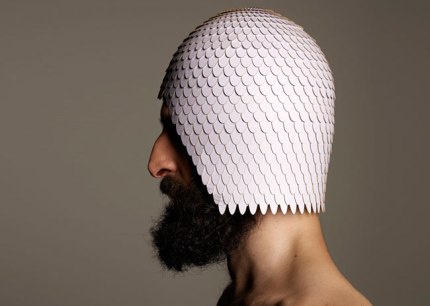
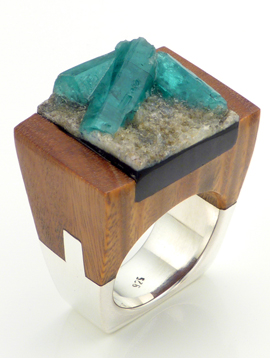





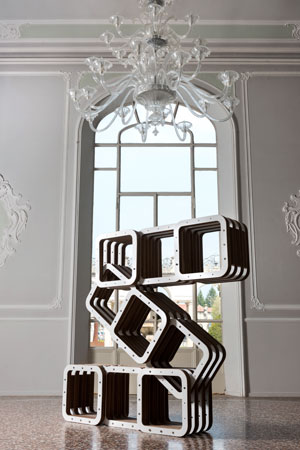














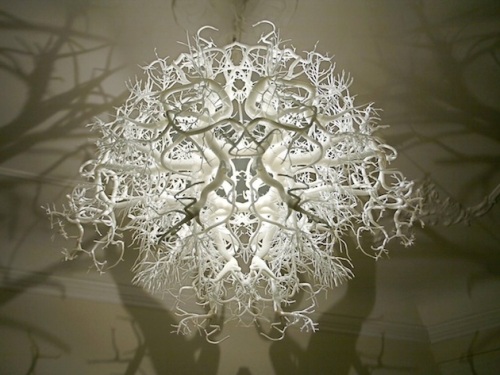



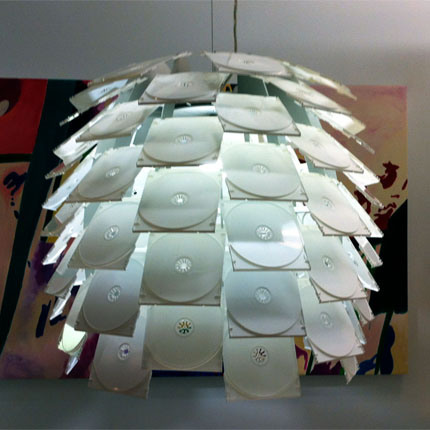













































![[ld2.jpg]](https://findingeco.files.wordpress.com/2011/02/ld2.jpg?w=453&h=335)







